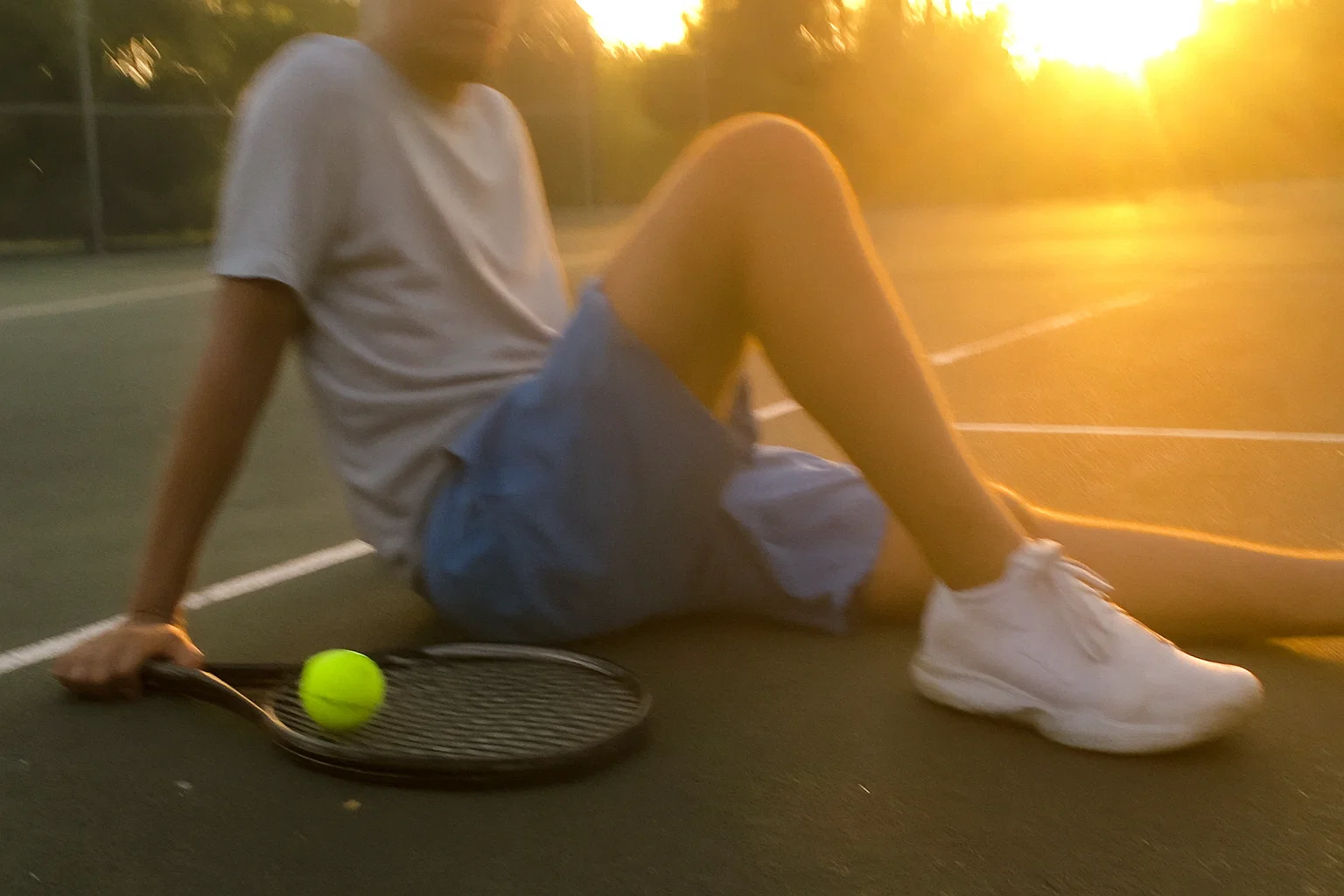In the world of tennis, where every match can be as grueling as it is exhilarating, maintaining peak physical condition is paramount for success. Unfortunately, injuries often disrupt even the most promising careers, striking unexpectedly. Recently, this harsh reality hit two prominent figures in the tennis community: former world number 8 Matteo Berrettini and Olympic gold medalist Belinda Bencic. Both athletes faced the heart-wrenching necessity of withdrawing from the prestigious French Open mere days before the tournament began.
This isn’t Berrettini’s first battle with injury. Last year, he withdrew from Wimbledon, raising concerns about his physical resilience. His recent withdrawal from the French Open stems from an undisclosed injury, leaving fans and enthusiasts to speculate on the implications for his future. Bencic, who had only recently retired during the Italian Open due to discomfort, also announced her decision to step away from the clay courts of Roland Garros. Their exits are particularly poignant given that both players have demonstrated impressive form leading up to the tournament and were hopeful contenders.
The timing of these injuries is devastating for anyone passionate about the sport. Both players had exhibited remarkable consistency and skill, leaving them poised for a deep run in the tournament. Tennis requires not only exceptional technical ability but also enduring physical stamina, as players endure hours of high-intensity matches. Injuries, especially those severe enough to demand a halt in competition, can be psychologically taxing and socially isolating, especially during high-stakes moments.
Yet, the resilience of elite athletes often shines brightest in adversity. Berrettini and Bencic have weathered their fair share of ups and downs throughout their careers. Their understanding of how to navigate such setbacks shapes their approach to recovery. Bencic, in particular, expressed optimism: “The very good news is that with two weeks of complete rest, I will be able to recover and heal fully.” This positive attitude, coupled with a well-timed break, may lead to rejuvenation rather than disappointment.
In the grand tapestry of tennis history, injuries have played a significant role in shaping players’ legacies. Icons like Rafael Nadal have faced injury challenges, only to return with renewed vigor and clinch Grand Slam titles, showcasing the power of resilience in the face of adversity. For both Berrettini and Bencic, these hard-earned lessons from history may provide a critical perspective as they plan their next moves.
Interestingly, their absence from the French Open opens up the field for other players eager to capitalize on this opportunity. Younger athletes and lower-ranked competitors now have a chance to emerge from the shadows and make their mark on the game. This shift adds an intriguing layer to the tournament, reminding fans that the unpredictable nature of sports often leads to unexpected triumphs.
While the mood may be somber for Berrettini and Bencic fans, it’s crucial to remember that injuries are an inherent part of sports. They cannot be wholly controlled, but how players respond often defines their careers. With their sights set on the approaching grass-court season, both players will have ample time to strategize and prepare for their eventual returns, hopefully with renewed vigor.
In closing, the journey through recovery is transformative, and as the old sports adage goes, “A good comeback is always better than a bad loss.” With the right mindset and a little patience, Berrettini and Bencic can look forward to future competitions with hope and optimism. This enforced break might just set the stage for a powerful resurgence, making their eventual returns to the court compelling spectacles. Meanwhile, as we anticipate their comebacks, we are reminded of the unpredictable nature of sport, where every setback can lead to new beginnings.

Leave a Reply